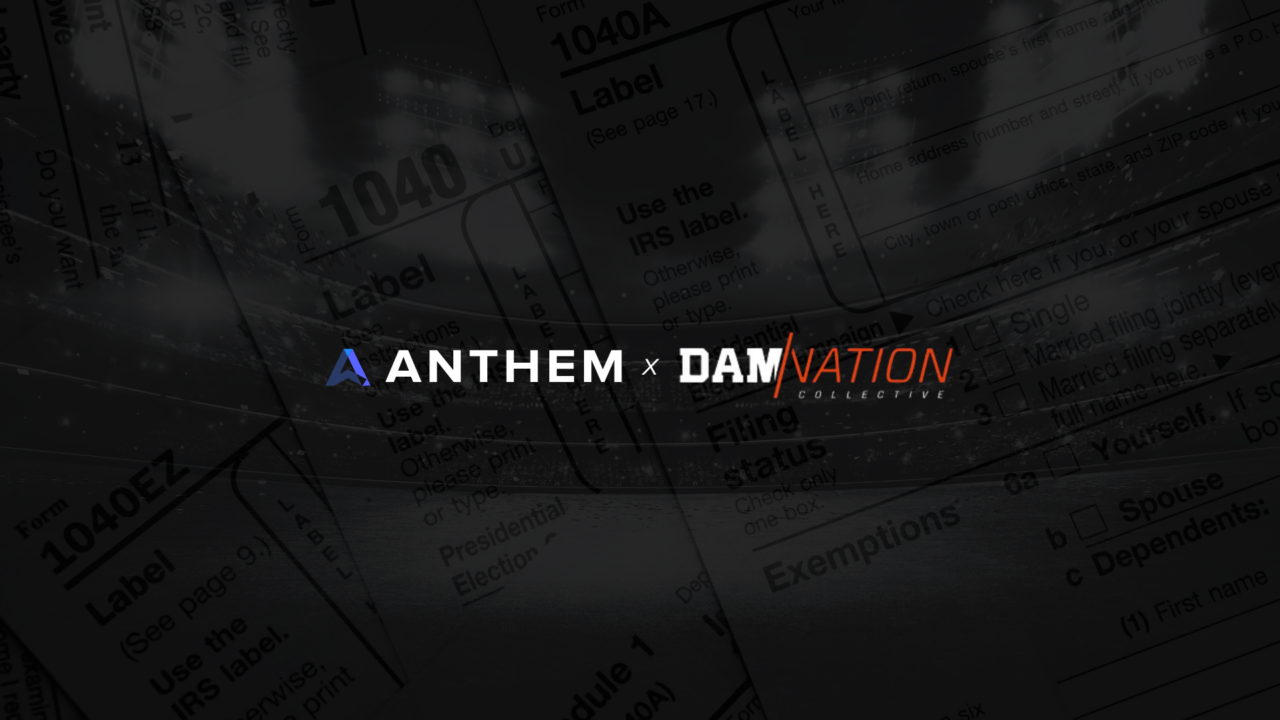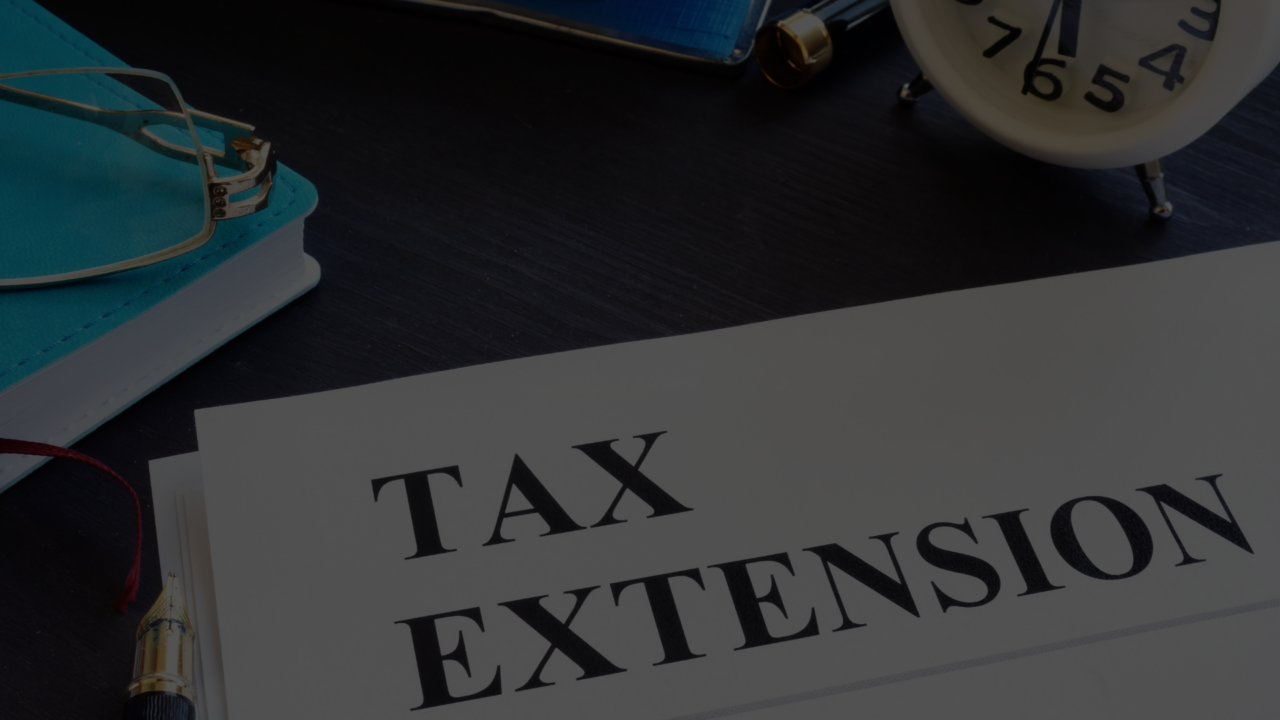Missing the tax deadline and filing late can feel overwhelming, but it’s important to act quickly to minimize penalties and interest. Here’s a step-by-step guide to get back on track:
1. File As Soon As Possible
- File immediately to stop penalties from accruing. Use IRS Free File if eligible.
- Penalties for filing late are 5% of unpaid taxes per month, capped at 25%.
2. Pay What You Can
- Pay any amount you can afford to reduce interest and penalties.
- Filing late can cause interest on unpaid taxes that’s 3% plus the federal short-term rate, compounded daily.
3. Request a Payment Plan
- If you can’t pay in full, set up an Installment Agreement with the IRS:
- Short-term plans: Pay within 180 days.
- Long-term plans: Monthly payments.
- Apply online at IRS.gov.
4. Check for Penalty Relief
- If you have a valid reason for missing the deadline, request a First-Time Penalty Abatement or reasonable cause relief by contacting the IRS.
5. File Even If You Can’t Pay
- Filing late is better than not filing at all. The penalty for filing late is significantly higher than the late-payment penalty.
6. Watch for Refund Eligibility
- If the IRS owes you a refund, there’s no penalty for filing late, but you must file within three years to claim it.
7. Avoid Future Issues
- To prevent filing late or missing deadlines in the future:
- Use tax software or hire a professional.
- Adjust tax withholding via Form W-4.
- Create reminders for next year’s tax deadline: April 15 (or the next business day).
Taking immediate action can reduce costs and prevent compounding financial issues. For personalized advice, contact our firm.
Need help creating an IRS ID.me account? Watch this quick tutorial.




